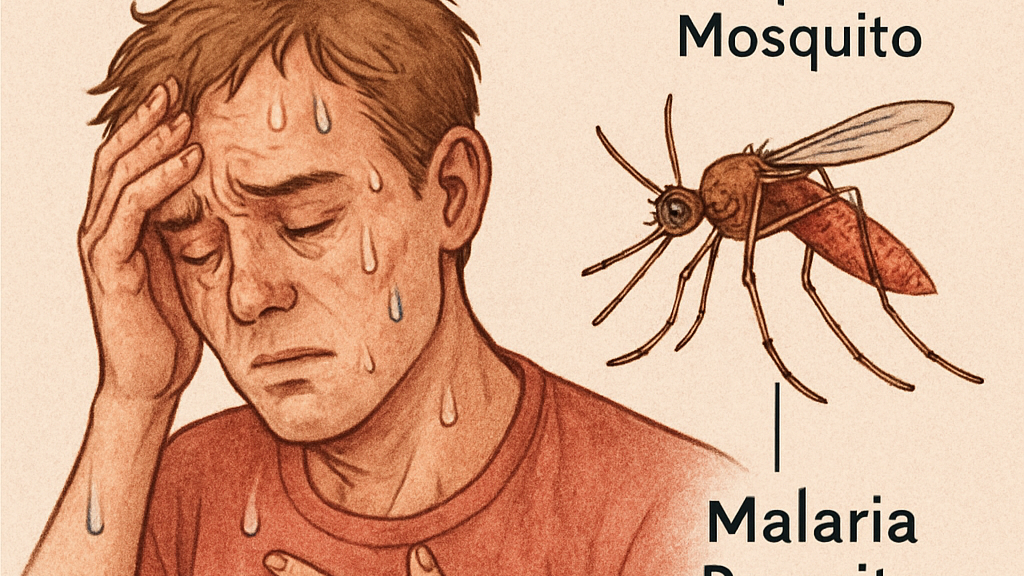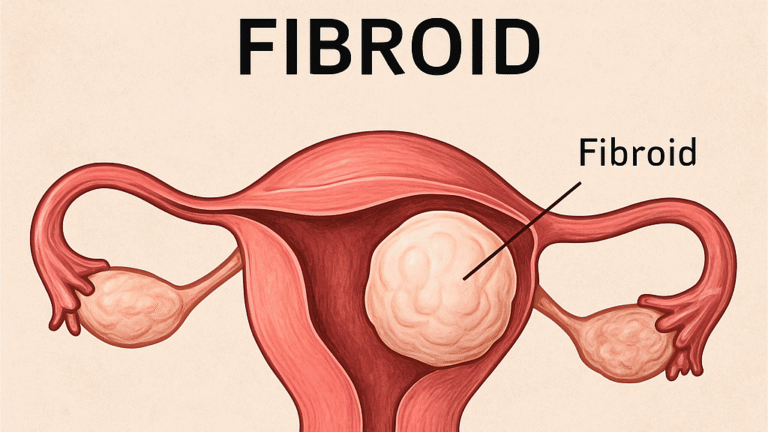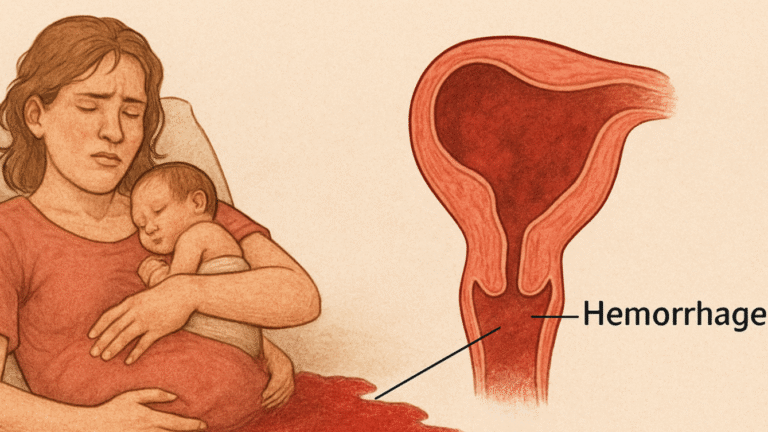Malaria
Malaria: A Deadly But Preventable DiseaseWhat is Malaria?
Malaria is a life-threatening disease caused by parasites that are transmitted to people through the bites of infected female Anopheles mosquitoes. It remains one of the most serious public health challenges in many parts of the world, especially in sub-Saharan Africa, where it claims hundreds of thousands of lives each year—many of them children under five.
Despite its deadly nature, malaria is both preventable and treatable. Understanding the disease is the first step toward protecting yourself and your community.
What Causes Malaria?
Malaria is caused by Plasmodium parasites, with the most severe form resulting from Plasmodium falciparum. Other types include P. vivax, P. ovale, P. malariae, and P. knowlesi.
The transmission cycle begins when a female Anopheles mosquito bites an infected person and later bites someone else, injecting the parasites into their bloodstream. The parasites then travel to the liver, multiply, and re-enter the bloodstream to infect red blood cells—causing the symptoms of malaria.
Symptoms of Malaria
Malaria symptoms usually appear 10–15 days after the mosquito bite and may include:
High fever and chills
Headache
Muscle pain and fatigue
Nausea and vomiting
Sweating and cold sensations
In severe cases: organ failure, seizures, coma, and death
If not treated promptly, malaria can quickly become fatal, especially in young children and pregnant women.
How to Prevent Malaria
1. Avoid Mosquito Bites
The first line of defense is preventing mosquito bites, especially between dusk and dawn when Anopheles mosquitoes are most active.
Use insecticide-treated mosquito nets (ITNs) while sleeping.
Install window and door screens to block mosquitoes from entering.
Apply mosquito repellents to exposed skin.
Wear long-sleeved clothing and trousers, especially at night.
2. Control Mosquito Breeding
Eliminate stagnant water around homes (drains, flowerpots, old tires) to reduce mosquito breeding grounds.
Support indoor residual spraying (IRS) and community-wide fogging programs.
3. Chemoprevention
Intermittent preventive treatment (IPT) is recommended for pregnant women and infants in high-risk areas.
Travelers to malaria-endemic regions may need prophylactic antimalarial drugs.
Best Treatment for Malaria
Early diagnosis and treatment save lives. If you suspect malaria, seek medical help immediately. A simple blood test can confirm the diagnosis.
Recommended Treatments
The World Health Organization recommends Artemisinin-based Combination Therapies (ACTs) as the most effective treatment for Plasmodium falciparum malaria.
ACTs combine two drugs with different mechanisms to reduce resistance and improve recovery.
Treatment usually lasts for 3 days, and it is crucial to complete the full dose even if symptoms improve.
Other treatments may be used depending on the type of malaria, patient age, pregnancy status, and resistance patterns in the area.
Summary
Malaria is a serious but preventable disease caused by Plasmodium parasites transmitted through the bites of infected female Anopheles mosquitoes. It presents with symptoms like fever, chills, headache, and fatigue, and can be fatal if left untreated. Prevention includes using insecticide-treated nets, wearing protective clothing, applying mosquito repellents, and eliminating stagnant water. In high-risk areas, preventive medication is also advised. The best treatment is early diagnosis followed by Artemisinin-based Combination Therapies (ACTs), which are highly effective. With proper awareness, prevention, and timely treatment, malaria can be controlled and lives can be saved.
Conclusion: Malaria is Preventable and Treatable
Malaria remains a deadly threat, but it doesn’t have to be. With the right knowledge, preventive actions, and access to timely treatment, millions of lives can be saved every year.
Protect yourself. Educate others. Support malaria control efforts. Together, we can defeat malaria.




